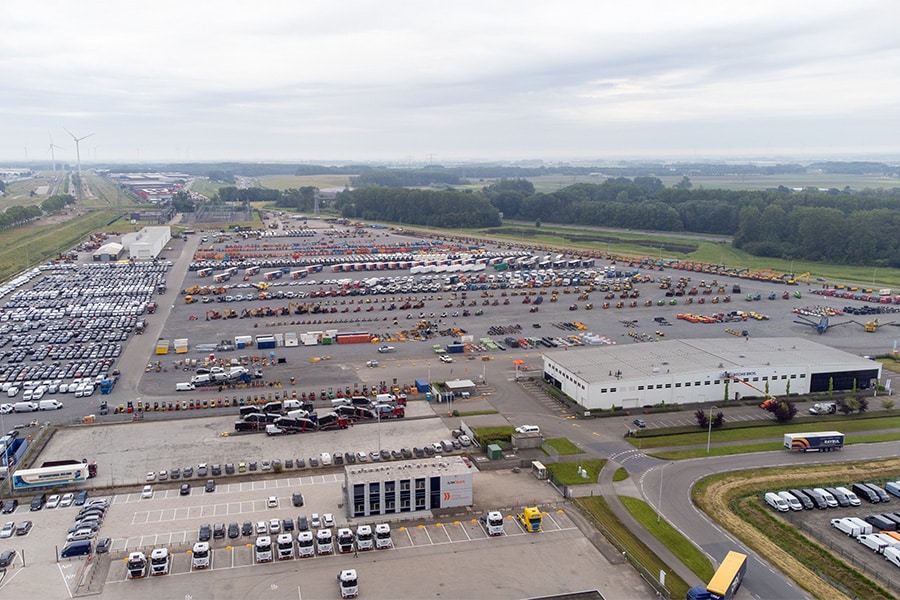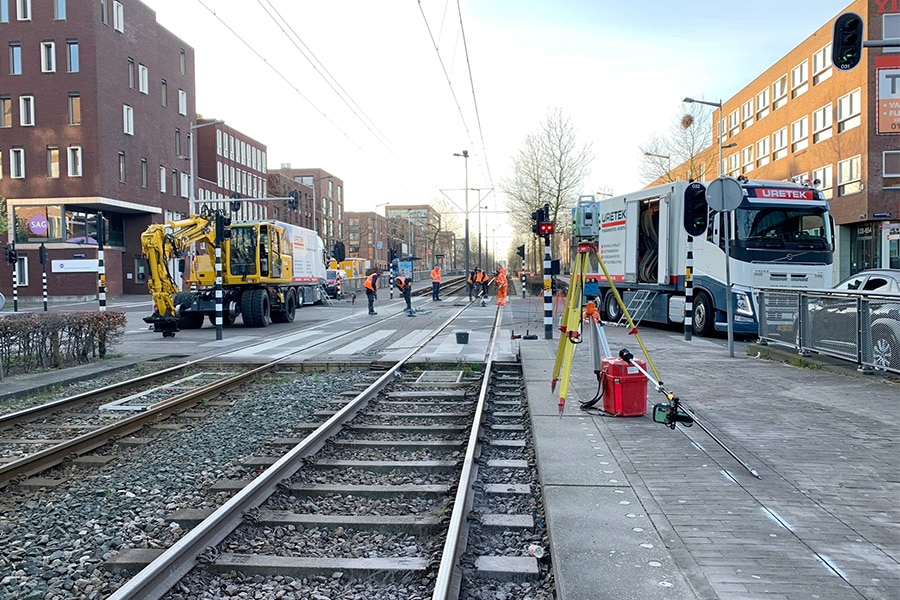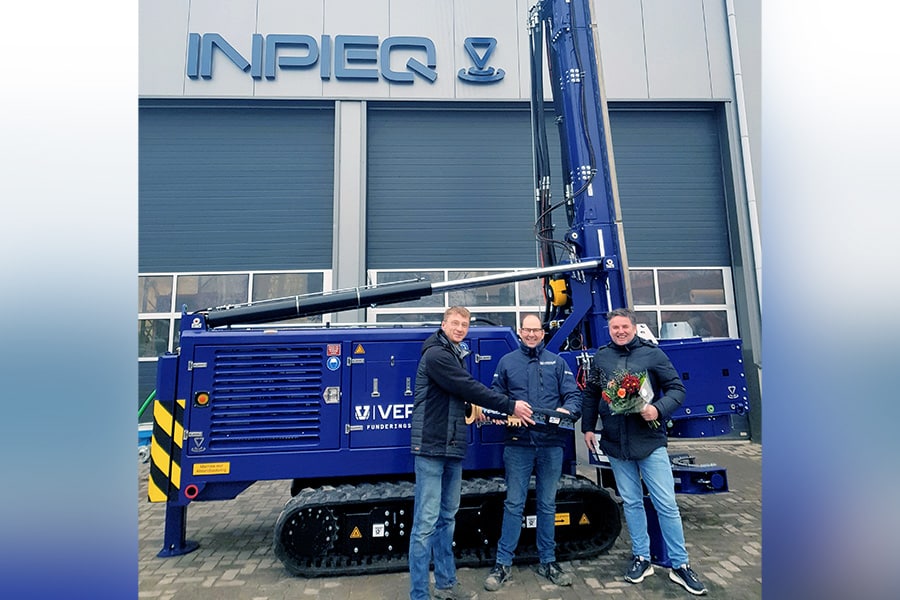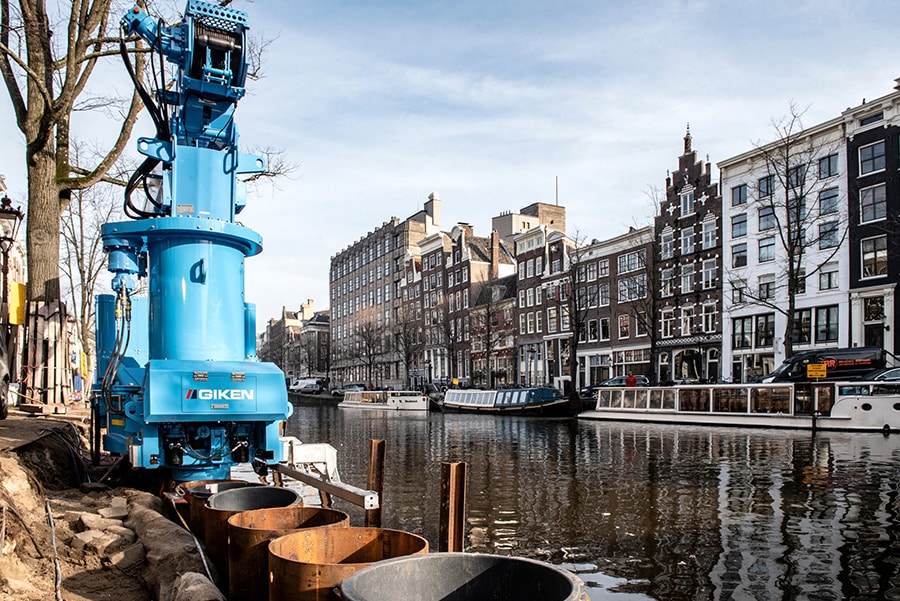
New wind farms require mature approach
With the title of this post, we point in the direction of the Dutch farmer, who for years could unstructurally lease his land to energy suppliers for the installation of wind turbines. We are discussing this with Erik Rozendal, partner/project manager of wind energy and Shahnam Mochawer, director of Aratis System Experts BV.
Aratis is involved in a number of wind farm projects in the Netherlands. Erik is in charge of the project team sitting on Windplanblauw (northwest corner of Flevoland) and has been working in wind energy since 2007. Shahnam brought his experience as a process manager in GWW to Aratis, in the wind sector.
Onshore wind industry comes of age
"We apply innovative methods in project management from Aratis," Shahnam opens the conversation. "Aratis has a unique approach for this, which has led to the development of its own software. We master various disciplines in project management, spread across a number of wind farms in the Netherlands. Major GWW parties are part of these projects. My job is to bring efficiency to these projects."
How did Aratis get involved in these projects? Erik explains: "The onshore wind industry looks mature to the outsider, but appearances are deceptive. Until recently, that market was dominated by suppliers, and solitary initiatives. Just -as it suits- place windmills at farmers' yards or in pastures. The government now wants more structure to this. That solitary action gives an untidy picture. That is why large-scale restructuring is now taking place. The condition is that the solitary initiatives withdraw. Local participation is made possible; the area in which the wind farms are located must also be able to reap the benefits. These large onshore wind farms require a mature approach."
Pilot in Flevoland
For the pilot it is Flevoland's turn, in the form of Windpark Alexia. Wieringermeer followed this approach in North Holland. "I was also involved in wind farm Zeewolde," Shahnam says. "That's how the restructuring for the entire province of Flevoland came about. We have four subareas in this, Aratis is -in addition to smaller wind farms- involved in large wind farm developments like Zeewolde and Windplanblauw." Erik adds: "Because of the greater complexity and the associated grid infrastructure, the integration into the grid at 150 kV level, we as Aratis bridge the gap between the knowledge in the GWW sector and the wind farms. People said a resounding yes, without knowing exactly what it would all entail. It was a matter of trust.

Positive energy
By shaping and structuring the tender in this way, Aratis received many positive responses for these projects. "Positive energy we got back because we did our homework well," Erik said. "The nice thing is that that tender led to Aratis being asked to take on full construction management. We are now in the agreement process." Aratis works for both the GWW and electrical engineering markets with UAV-GC contracts, for the turbine market with FIDIC contracts. "We do that with the same mindset. We go with it as a project team integrally and adapt the works to the contract form."
Systems Engineering added
Shahnam: "Aratis is a professional procurement and contracting party in the tender and realization phases of projects, to which I have added Systems Engineering and Process Management. The civil part -the GWW- is already familiar with this, but it makes sense for the other parties as well. Zeewolde spoke for itself and Windplanblauw became interested as a result." Aratis' approach combined all disciplines. Its own tooling was also developed. "The software was built in coordination with experts from Aratis and customized by process managers. The processes are suitable for this particular project. The complexity with onshore wind farms lies in the fact that groups of private initiators are clients."
A wind project cannot be fenced in
"There are more than 1,000 direct stakeholders, including citizens," Erik suggests. "That makes it extra complex, but we have learned from the Department of Public Works, among others, how to deal with this. We apply an integral project management model, in which process management and environmental management are taken into account in the award. If we look at process management, we see that the civil engineering sector is very advanced in this area. It works completely differently from the traditional way of wind turbine companies. Those are 'bare' suppliers. So we lean very heavily on large parties with experience in process management, because you simply cannot fence a wind project in."
Professionalizing principals
"Aratis' role is also to get clients to professionalize. For us, a wind turbine project is 'business as usual,' but in some cases the clients are private initiators who have questions and get stuck in the plan," Shahnam explains. "Yes, they are entrepreneurs, but you have to explain to them what's involved in creating a large wind farm. We ultimately like to see happy people participating in green energy. We also managed to include as many wishes of all stakeholders as possible."
Erik adds, "You can't enforce trust, it takes time. That's why sharing is the key here. Keeping everyone well informed, then you show that you understand the subject matter, even if it makes you vulnerable.
Shahnam concludes, "We are in control. Through good process management in accordance with Systems Engineering, we make everything demonstrable and traceable, which gives us control over planning, budget and quality."



